ACT Math Formulas and Terms
1/91
Name | Mastery | Learn | Test | Matching | Spaced |
|---|
No study sessions yet.
92 Terms
𝑥ᵐ × 𝑥ⁿ =
𝑥ᵐ⁺ⁿ
Volume of cone
1/3 pi r² h
Volume of pyramid
1/3 l w h
ⁿ√ab =
ⁿ√a × ⁿ√b
(𝑎ⁿ)ᵐ =
𝑎⁽ⁿᵐ⁾
Quadratic vertex form
With vertex (h,k)
𝑦 = 𝑎(𝑥 − ℎ)² + 𝑘
If |𝑎| > 1 → The parabola is narrower (stretched vertically)
If 0 < |𝑎| < 1 → The parabola is wider (compressed vertically)
Percent Change Formula
[(New - Old) / Old] x 100%
log(a) + log(b) =
log(ab)
log(x) - log(y) =
log(x/y)
Area of a parallelogram
A = bh
Area of a trapezoid
A = ½ (b1+b2) x h
Area of a triangle
A = ½bh
Area of a cube
A = 6𝑠²
Volume of a cube
𝑣 = 𝑠³
Volume of a rectangular prism
V = lwh
Volume of a cylinder
𝑣 = π𝑟²h
Volume of a sphere
V = (4/3)π𝑟³
Mean
Average
Median
Middle number
Mode
Most frequent number
Isosceles triangle definition
at least 2 equal sides
Equilateral triangle definition
3 equal sides
Area of a circle
A = πr²
Circumference of a circle
C = 2πr
Arc length of a circle
s = rθ
θ in radians
Sector area of a circle
A = ½ r² θ
θ in radians
Equation for a circle
(x - h)² + (y - k)² = r²
(h,k) = vertex
Arithmetic sequence for the nth term
an = a1 + (n−1) x d
Arithmetic Series
[n x (a1 + an)] / 2
Geometric sequence nth term
an = a1 x rⁿ⁻¹
Sequence and Series definition
Sequence = set of numbers that follow a pattern
Series = sum of the terms in a sequence
Angles ended by points A and B on a circle are:
Congruent

Angles that are ended by points A and B (AB = diameter) are:
90 degrees
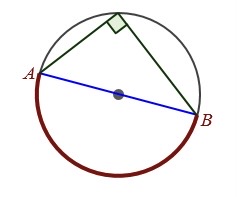
The central angle is how many times as big as an angle on the circle that are ended with the same arc?
2 times
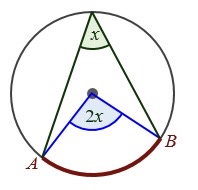
Geometric Series
Sn = [a(1-r^n)] / (1-r)
Basic Probability Formula
P(event) = desired outcomes/total outcomes
Probability of “at least 1”
P(at least one) = 1 - P(none)
Ex)
Probability of rolling a 6 at least once on two die rolls = 1 - P(no sixes) = 1 - (5/6 × 5/6) = 11/36
If one event has m outcomes and second event has n outcomes, what are the total outcomes?
m x n
Probability Combinations Formula
(n!) / [r! (n - r)!]
n = Total group
r = Chosen from group
Ex)
Choosing 2 students from a group of 5:
5! / 2!3! = 10
Sine and cosine amplitude
a in y = a sin(x)
Period definition
The length of one full cycle
Period of sine and cosine
[2 x (pi)] / b
B in the equation y = sin(Bx)
Period of tangent
(pi) / b
B in the equation y = tan(Bx)
Frequency of a trig graph
1 / period
Ellipse equation
[x²/a²] + [y²/b²] = 1
a = radius in x direction
b = radius in y direction
a is always the biggest
y-3 = 3 UP
Equation for the foci of an ellipse
f² = a² - b²
a and b of the ellipse are __
On the axis they are under in the equation
Foci of an ellipse definition
Sum of distances from any point to the two foci are constant
Foci of a hyperbola definition
Difference of the two distances to the two foci from any one point is constant
Hyperbola Equation
[x²/a²] - [y²/b²] = 1 (left/right)
OR
[y²/b²] - [x²/a²] = 1 (up/down)
y-6 = up 6 units
a is the bigger one
Asymptote of hyperbola
± b/a (x)
LR x =/ 0
UD y =/ 0
Foci of a hyperbola
f² = a² + b²
Inscribed angle definition
All endpoints lie on the circle circumference
Degree measure of an arc
The angle of its central angle (ends of the arc connected to the center) or 2 times its inscribed angle
Sine and cosine graph
Sine starts at (0,0)
Cosine starts at (0,1)
Cofunction Identity
Cos(90°-x) = sin x
Law of sines
Sin A / a = Sin B / b = Sin C / c
Use when you know one side and two angles or
You know 2 sides and an angle opposite to one of the sides
Law of cosines
c² = a² + b² - 2ab(cosC)
Use when you know 3 sides
Or
2 sides and their included angle
ALWAYS RATIONALISE ANSWER
Not a question. Just a reminder
i in the denominator
Multiply by conjugate

Look at the picture
Look at the picture
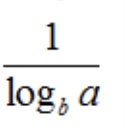
Vertex of a quadratic in standard form
-b/2a = x-coordinate of vertex
Discriminant of a quadratic of standard form
-b² - 4ac
0 = touches x-axis once
+ = intersects x-axis twice
- = never intersects x-axis
Area of an ellipse
A = πab
1 of 2 with exclusive events probability
P(a) + P(b)
Both of two related events probability
P(a)•P(b/a)
Both of two independent events probability
P(a)•P(b)
Mutually exclusive definition
Can’t be true at the same time
How many unique arrangements for the entirety of one group?
x!
Permutation Formula
P = (n!) / (n-r)!
n = total
r = taken from total / group size
1 of 2 with dependent events probability
P(A or B) = P(A) + P(B) - P(A and B)
What counts as a valid probability model
All probabilities for a situation add to 1
All probabilities are positive
Combination Formula
C = n! / [k!(n-k)!]
n = total
k = how many in the group
Combination vs Permutation
Combination = order doesn’t matter
Permutation = order matters
Matrix definition
An array of values
Adding matrices
Add corresponding numbers in corresponding positions
Multiplying matrices condition
Number of columns in 1st matrix = Number of rows in 2nd matrix
The product of two matrixes has
Same number of columns as rows in 1st matrix
Same number of rows as columns in 2nd matrix
Multiplying matrices with multiple columns/rows
1) add product of r1m1 • c1m2
2) add product of r1m1 • c2m2
3) add product of r2m1 • c1m2
4) add product of r2m1 • c2m2
r = row c = column
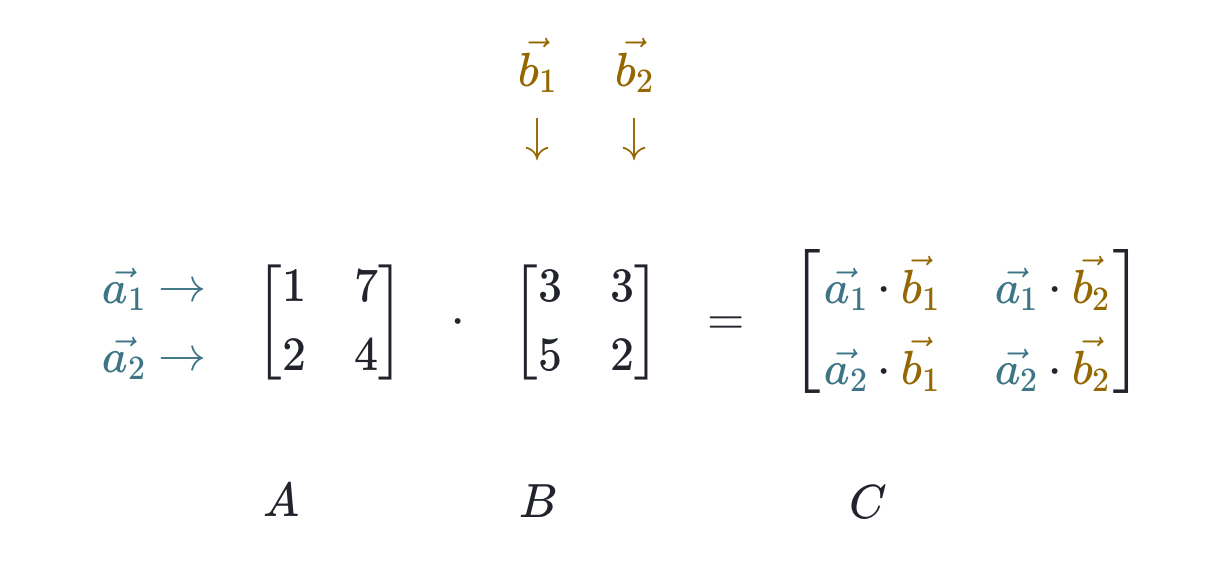
Determinant of a 2-row 2-column matrix
ad-bc
ab
cd
Exterior angle
Supplementary to interior angle and proportional to the opposite side
“Interior angle measure“
Sum of the interior angles
Sum of interior angles of a polygon
(n-2)180°
n = sides
Area of a rhombus
A = ½ d1d2
d = diagonals
Area of a parallelogram
A = bh
Compound Interest Formula
Picture from Google
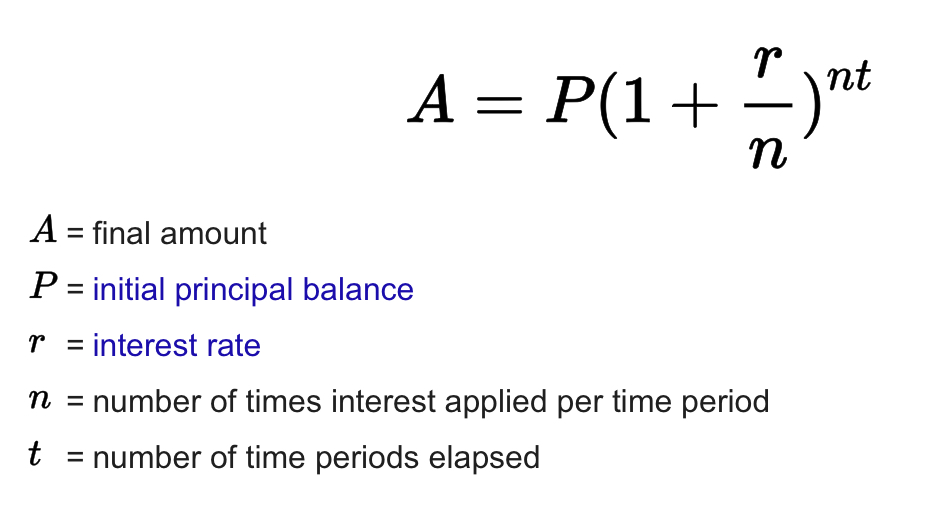
Surface Area of a cylinder
2(pi)r(r+h)
Expected probability value
The sum of the products of the probability and the amounts
x • P(x)
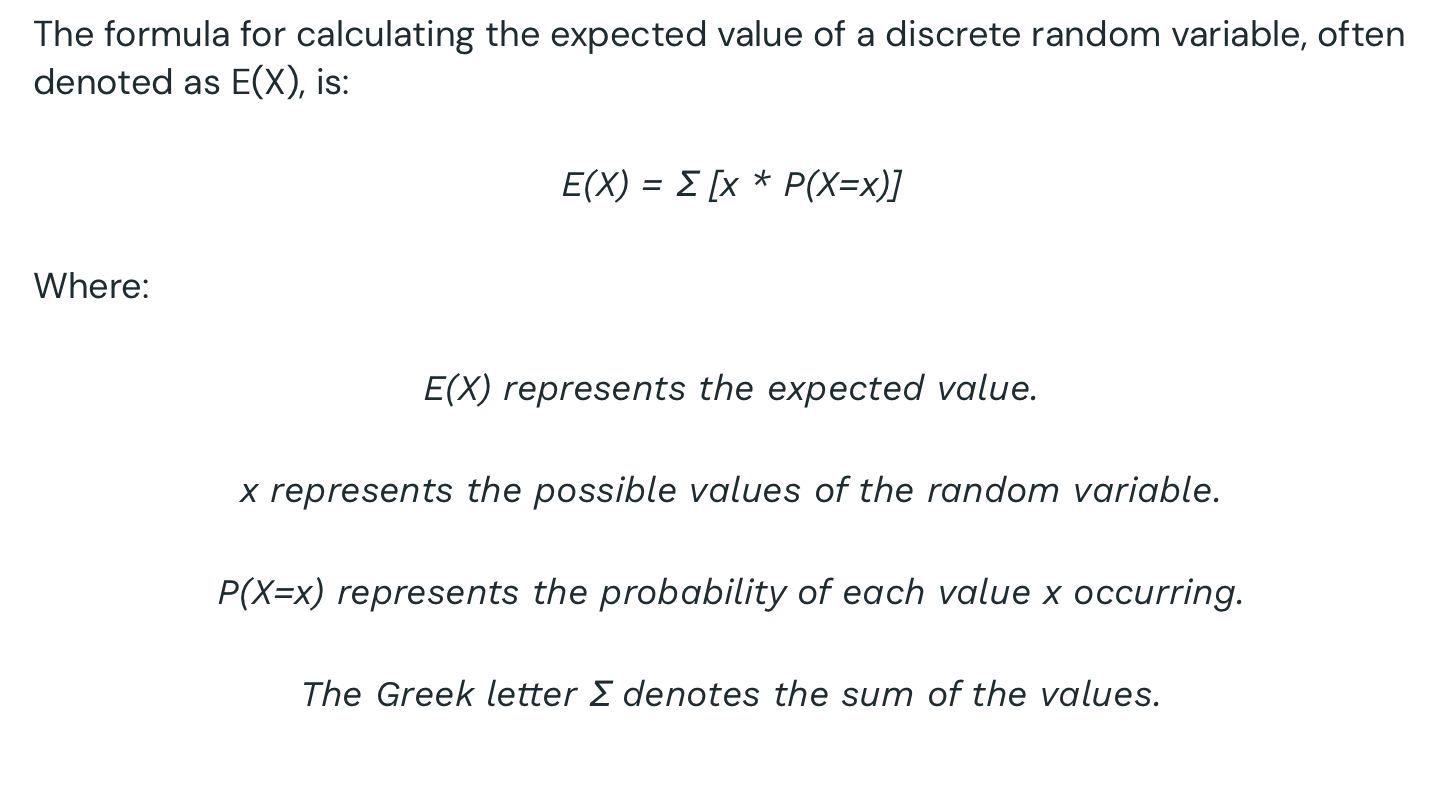
Fundamental Counting Principle
N ways to do one thing and m ways to do another, combination = n • m ways to do both
Equilateral triangle area
A = ((root 3) / 4) [s²]
Number of diagonals in a polygon?
n(n-3) / 2
If A+B = 90, Then
cos(A) = sin(B)
(Another interpretation of the cofunction identity)